Monster Hunter Stories 2: Wings of Ruin, the sequel to 2016’s Monster Hunter Stories on the 3DS, is the second installment in the more story-based Monster Hunter spinoff series.
With Stories 2 on Nintendo Switch and PC, the extra horsepower provided from those platforms makes for a vibrant new adventure that fans of the first game will certainly appreciate. It may look kid-friendly on the surface, but deep down it has complex customization systems that make it a fun turn-based battle RPG
In Stories 2, you play as a (customizable) silent protagonist from Hakolo Island. The grandchild of a legendary Rider named Red, you quickly learn that there’s a mass disappearance of Rathalos and that a certain Rathalos egg has legendary implications for the end of the world.
Monster Hunter Stories 2: Wings of Ruin Review — An Enjoyable, Gorgeous Sequel
Throughout Wings of Ruin, you journey through a semi-open-world areas full of beaches, forests, and volcanoes broken up into dungeons connected by a great fast travel system.
The environments themselves are visually appealing, using a cel-shaded art style similar to that found in The Legend of Zelda: Breath of the Wild. The first Monster Hunter Stories game had a similar artstyle, but the increased graphical fidelity in the sequel makes the characters and monsters look crisper and less muddy compared to their 3DS counterparts.
Animations for the monsters and characters are great too. Surprisingly, the most emotional and action-oriented cutscenes look gorgeous as well. In Stories 2, the talking head style of storytelling seen in the first game is gone, making way for the game to be complete with all 3D sequences. This provides the game with an overall much more cinematic feel than its predecessor.
The biggest graphical hiccups, though, on the Nintendo Switch, are that the grassy textures in some areas suffer from pop-in, and the cutscenes are sometimes prone to framerate drops.
Rock, Paper, Scissors
The biggest difference between the Stories games and the mainline Monster Hunter entries is that Stories features turn-based, rock/paper/scissors battles while the mainline games utilize real-time combat.
Monsters in Stories have “line of sight,” where they indicate their intended target. If a monster targets you with a Speed type attack, for example, and you pick a Technical type attack, you’ll enter a Head-to-Head fight and cancel out the enemy Monster’s turn, dealing damage to it.
Your Monsties, hatched from eggs found in dungeons, utilize the same mechanics, but you can’t control them directly. Luckily, the game showcases the attack type your Monsties will use during their next turn, helping you coordinate attacks. If you both choose the same attack type, you can activate a tag team move that does even more damage against the target in the head-to-head showdown.
Though monsters typically specialize in a certain attack type, helping you keep track of what attack types you should use as counters, enemy monsters will sometimes change attack types, keeping the flow of battle from getting stale.
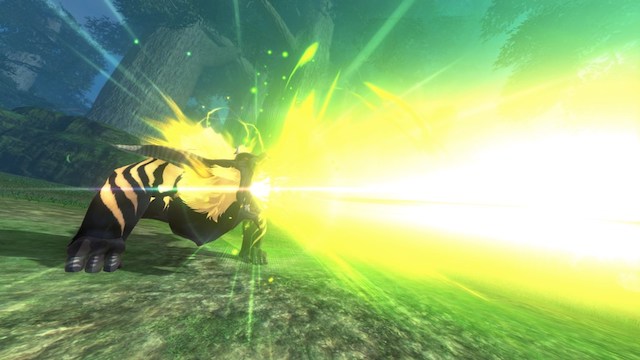
It’s certainly a welcome mechanic to mix things up, but it can be hard to remember which Monster specializes in which attack type because there are no indicators. You’ll likely be able to remember attack types during battle, but when you come across a Monster again later in the game, there’s no way to check its typical attack types and plan accordingly.
If it’s a large and “wide” monster, it’ll probably use Power type attacks. If the Monster is skinny and long, it’ll probably use Speed or Technical type attacks. But those are all things you’ll have to memorize.
The system is not as intuitive as something like the system found in Pokémon, where if you see a creature with flames, you can logically assume water-based attacks will work.
What makes this system more puzzling is that there are three weapon types in Stories 2: slash, blunt, and pierce. Large monsters are weak to one of them, and there are icons that indicate those weaknesses in battle, so not applying this system to weaknesses seems like an oversight.
Carving Out its Own Identity
Stories 2 is most similar to the mainline games when it comes to its armor and weapons crafting system. During battle, you’re able to aim at certain monster body parts to destroy and harvest. Doing so provides you with different crafting materials you can use to build new equipment, such as Gunlances and Hammers, and lets you upgrade that equipment to make it more powerful or resilient.
Whereas the Stories spin-off series has similar crafting mechanics to the mainline Monster Hunter franchise, Stories further separates itself with the Gene system that makes its return from the first game. Different Monsties have certain abilities, like passives such as increasing the damage of non-elemental attacks, or active ones including spewing fireballs at enemies.
With the Rite of Channeling mechanic, you can sacrifice Monsties to transfer these abilities to other Monsties to create certain builds. It offers quite a bit of customization and it’s fun when you start to understand the specifics to make your Monsties even more powerful.
The sidequests in Stories 2 act a lot like the individual hunting missions found in the mainline games. The sidequests pit you against a designated monster or ask that you gather certain materials. Upon completion, they offer you items, money, and EXP rewards. Most of them are repeatable and are a great way for some quick level grinding for your Monsties if needed.
Like the mainline games, you unlock High-Rank content after beating the 30- to 35-hour main story. More expansive than you may expect, the end-game content adds even more value and playtime with harder-hitting Monsters, new species, and even stronger equipment to find and collect.
Some Monstie Sized Issues
Stories 2 does sometimes suffer from annoying difficulty spikes, especially towards the end of the main story. Even starting towards the latter half of the game, bosses and regular enemies had the potential to OHKO or 2HKO me.
Additionally, the plot itself isn’t anything too special. It’s understandable as this spin-off series is geared more towards kids, using familiar JRPG themes like the power of friendship and bonding with your companions.
There is also a primary enemy faction that shows up further into the game’s story, but unfortunately not much character development is given to the group. This faction had the potential to be interesting, but falls flat and ultimately leads to the overall plot feeling a bit underwhelming.
In fact, the members don’t make that many appearances throughout the game, and you can easily figure out who the leader is early on so it’s not that much of a surprise when they finally reveal themselves.
Monster Hunter Stories 2: Wings of Ruin — The Bottom Line
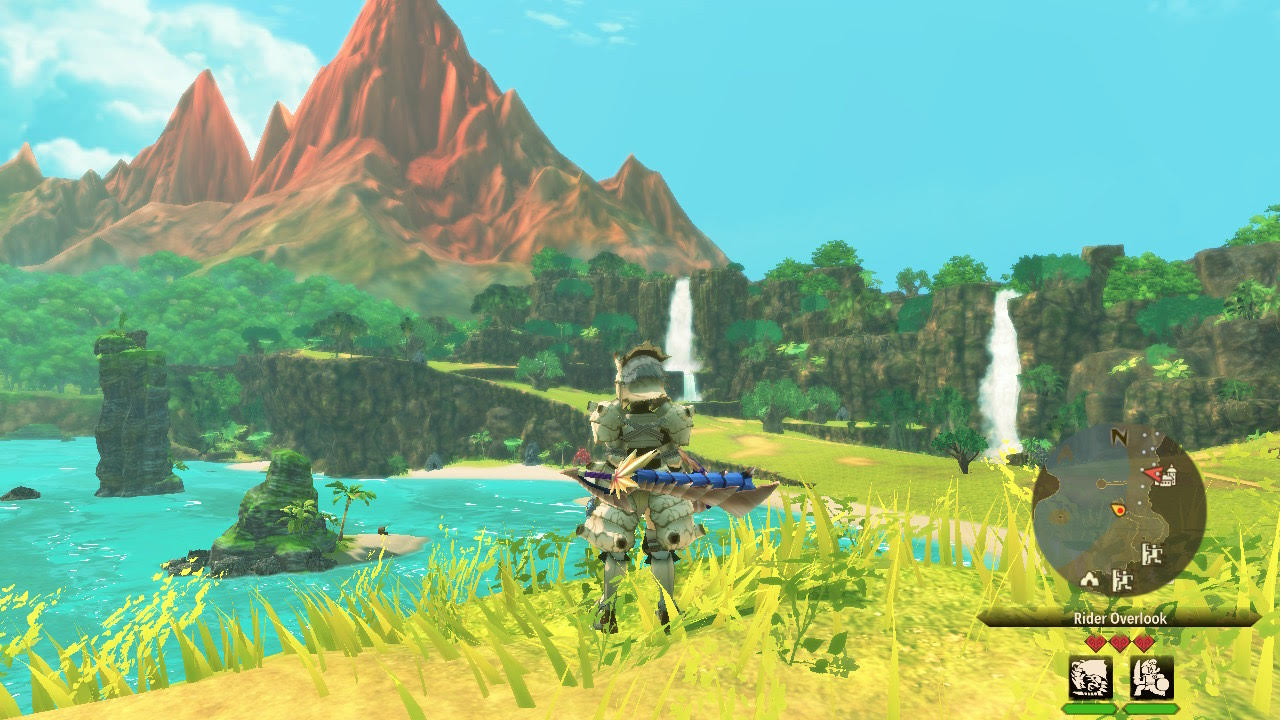
Pros
- Enjoyable, strategic gameplay with its own identity
- Presentation and art style with surprisingly gorgeous cinematic moments
- Lots of extra content after the main story
Cons
- Some difficulty spikes here and there
- Framerate and pop in texture issues
- Underdeveloped villains
With many mechanics that help differentiate it substantially from the main games in the franchise and the welcomed addition of a proper English dub alongside a Japanese voice track, Monster Hunter Stories 2: Wings of Ruin is a good sequel.
While there are some issues such as an underdeveloped main villain and a few performance problems, if you played Monster Hunter Stories and enjoyed it, you’ll definitely like this follow-up.
[Note: Capcom provided the copy of Monster Hunter Stories 2: Wings of Ruin used for this review.]

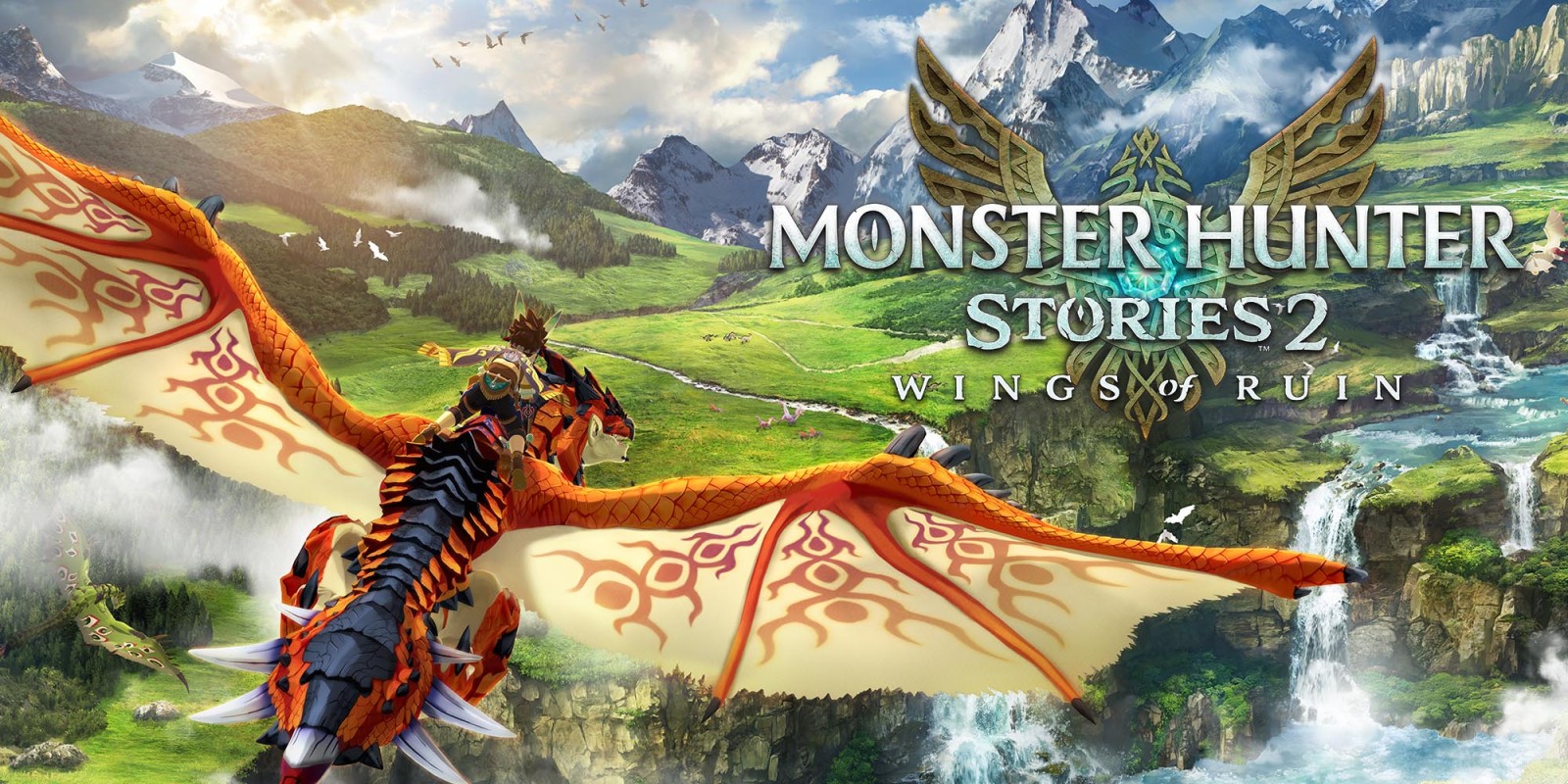
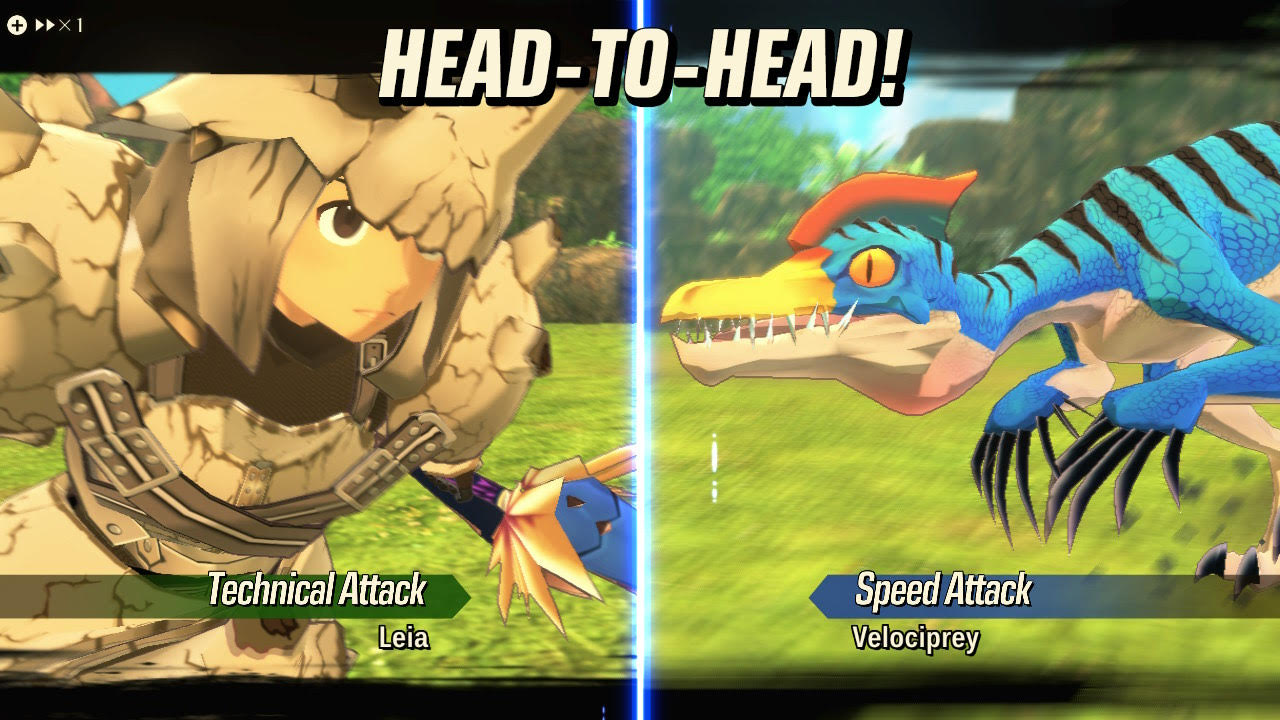

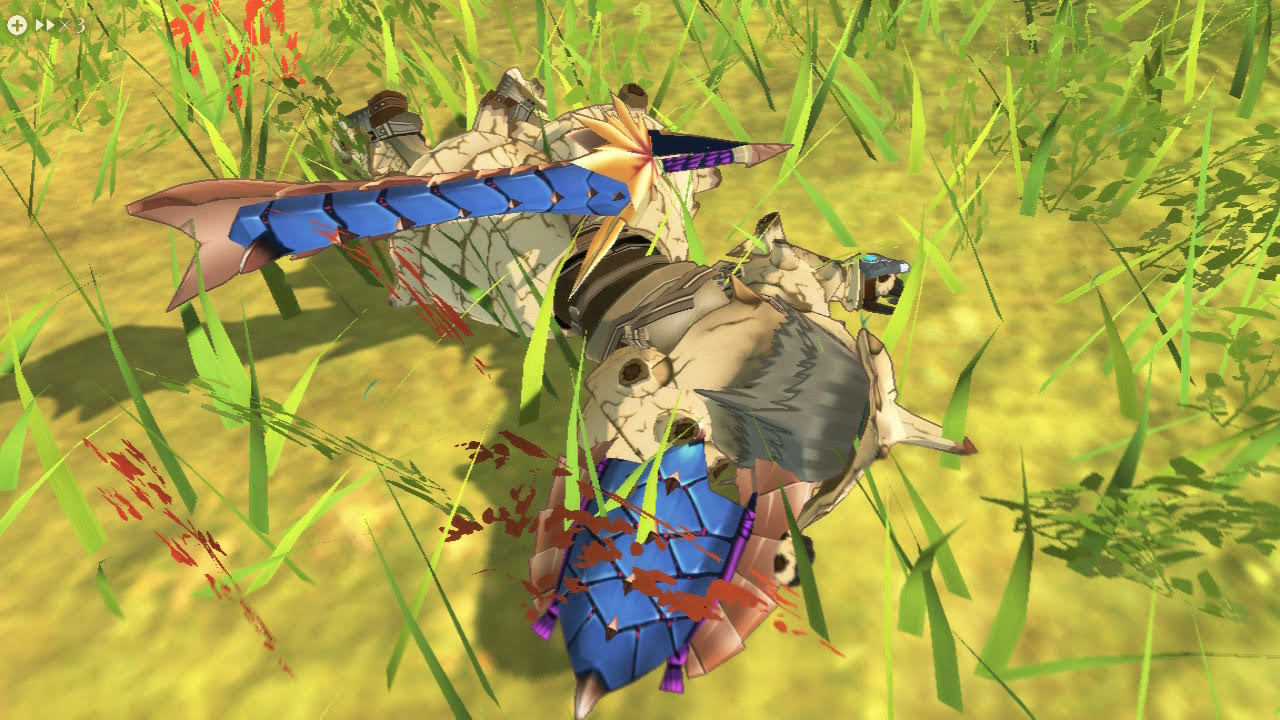





Published: Jul 5, 2021 02:08 pm